Attending the report were representatives of the Department of Culture, Sports and Tourism, representatives of the Quynh Luu district, the University of Social Sciences and Humanities - Vietnam National University, Hanoi, Nghe An Provincial Museum, Australian National University, along with many officials, experts and local people.
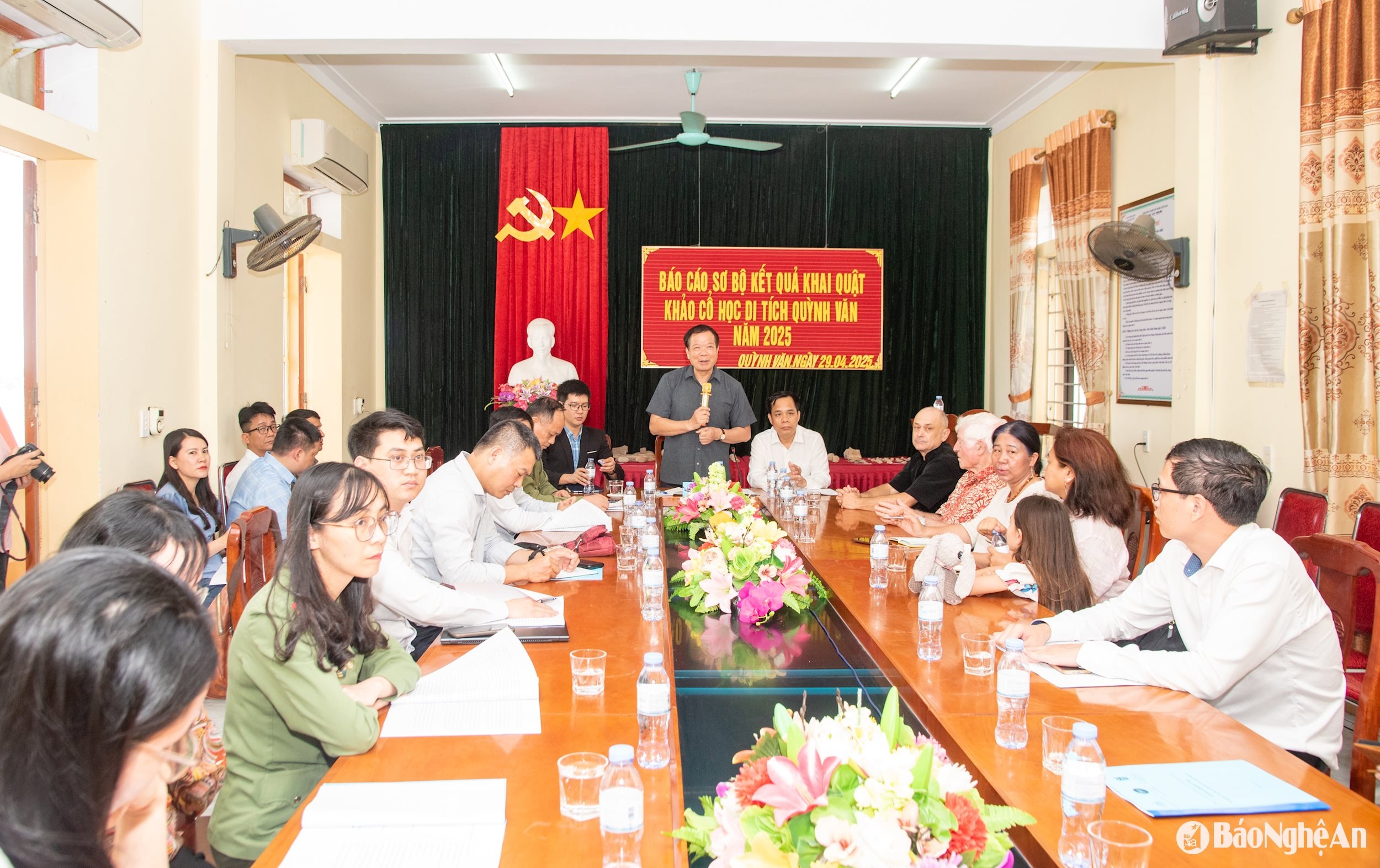
The excavation of the Quynh Van site was carried out from March 18, 2025 to March 29, 2025, by the University of Social Sciences and Humanities - Vietnam National University, Hanoi in collaboration with Nghe An Museum and the Australian National University, as a continuation of the research series within the framework of the international project "The Missing Millennium and the Origins of Agriculture in Southeast Asia", funded by the Australian Research Council.
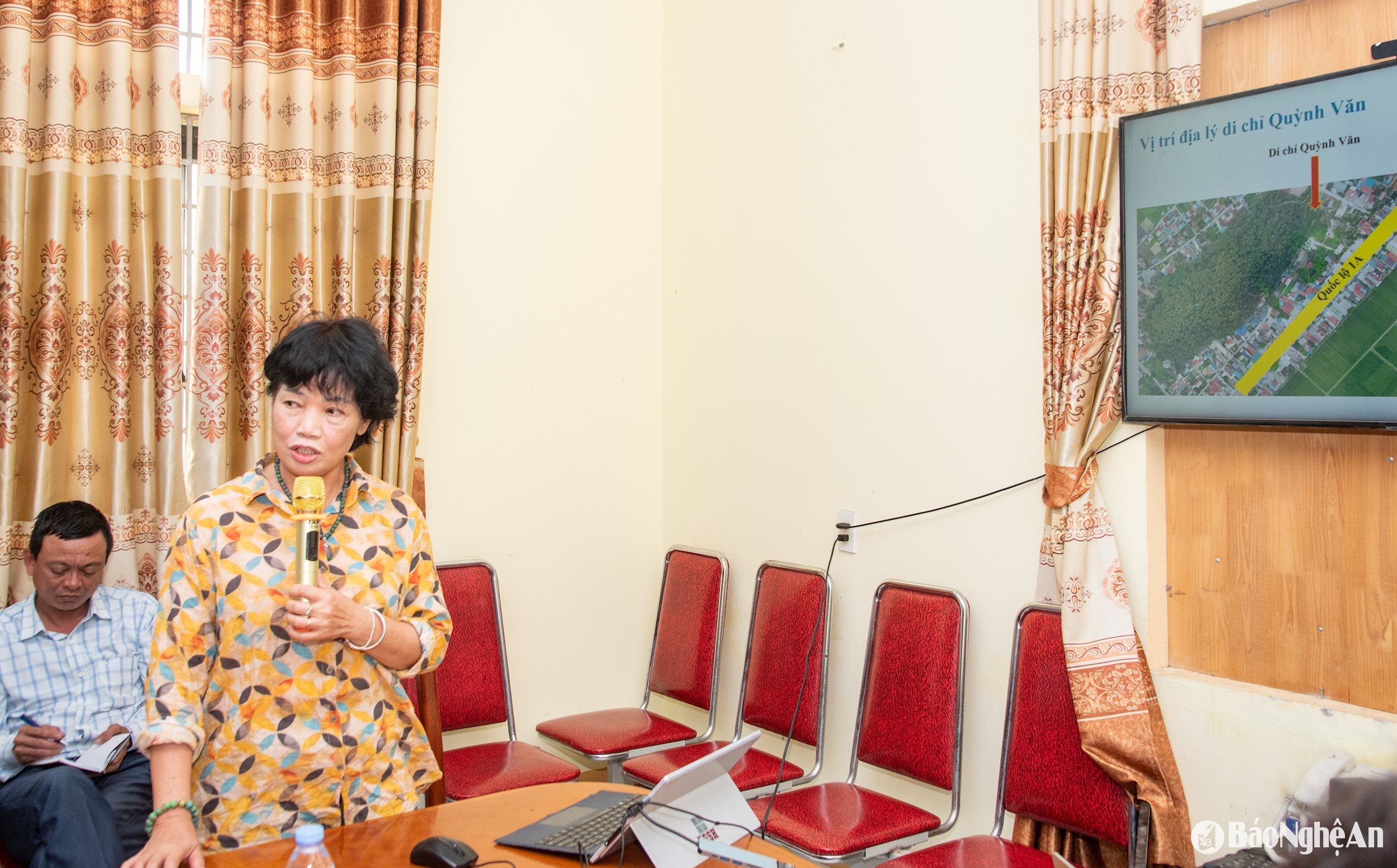
The 2025 excavation results aim to supplement important archaeological data for the Quynh Van culture, a Neolithic culture dating from approximately 6,000 to 4,000 years ago. The excavation team opened three excavation pits, using the stratigraphic method to separate layers of archaeological sediments, reflecting the living activities of ancient residents.
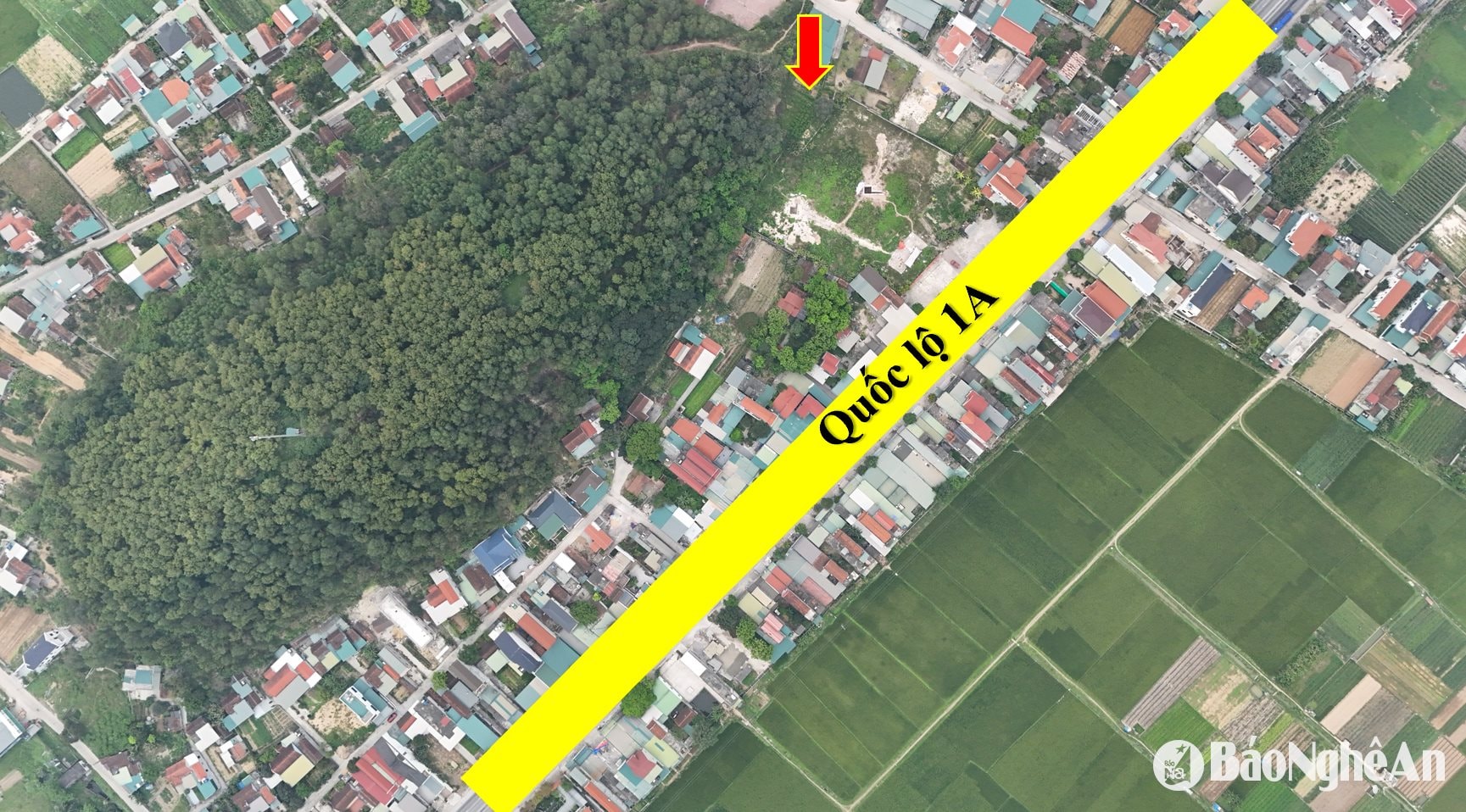
In pit 1, excavated to a depth of 3.2m to the soil layer, the team discovered many traces of living activities such as column holes, primitive kitchens and food remains, along with relics such as stone tools, pottery pieces and hundreds of burnt stones.
At pit 2, although only excavated to a depth of more than 2m, special discoveries were made about burials with 6 graves and 8 remains, recording the typical burial forms of Da But culture and other Neolithic cultures in the area. Some graves had the phenomenon of exhumation, or burial of many bodies on top of each other, showing complicated burial rituals.

The excavation team also collected more than 1,000 charcoal, phytolith and soil samples for detailed study and dating in Australia.
The excavation results not only contribute to clarifying the process of adaptation to the natural environment of the ancient residents of Quynh Van, but also open up prospects for further research on the relationship between residential areas and burial areas in Neolithic society.

In the coming time, the delegation will continue to excavate deeper in pits 2 and 3 to serve these research objectives, and at the same time supplement the scientific basis for the work of preserving and promoting the value of Nghe An cultural heritage.
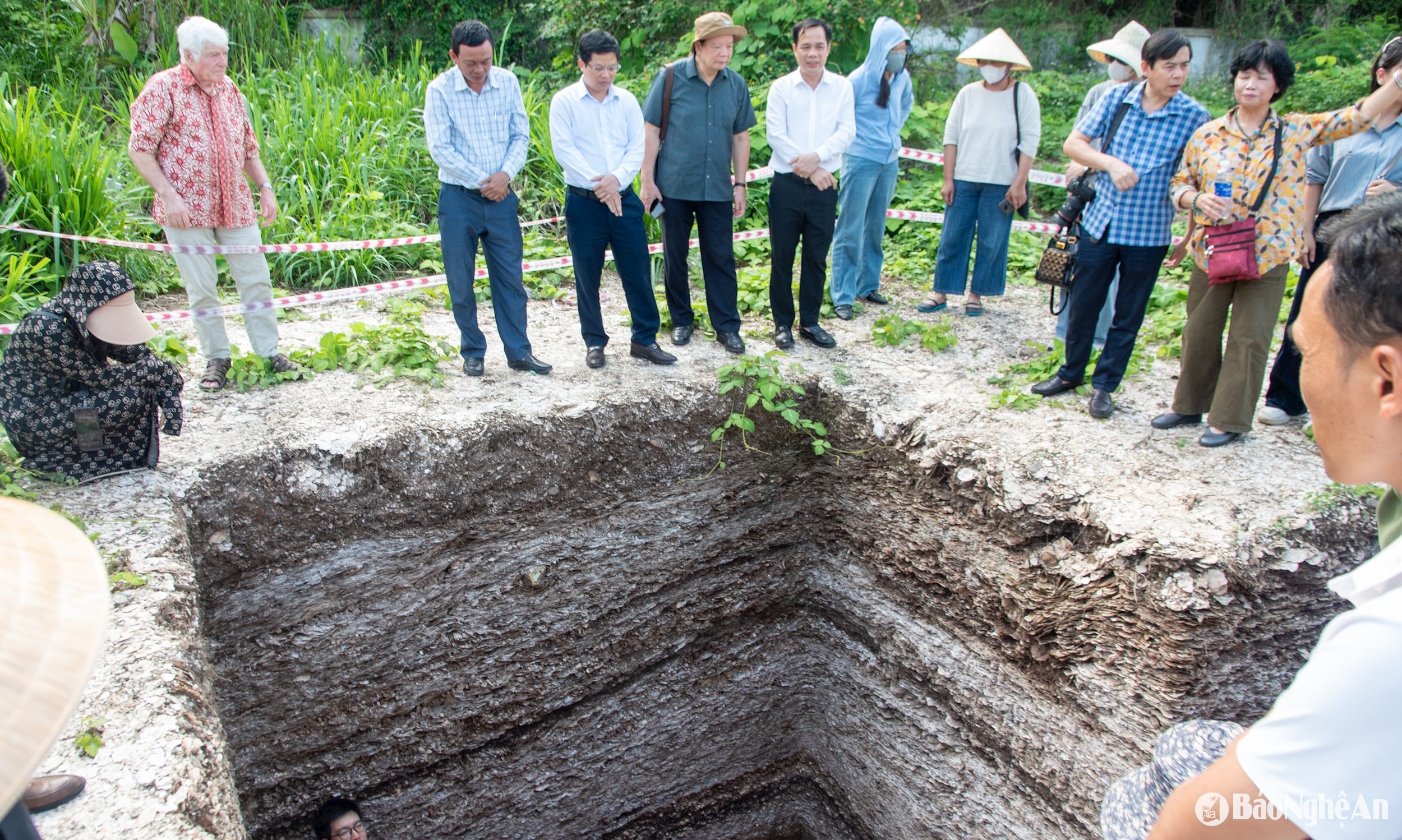
The excavation team also recommended that although the Quynh Van archaeological site has been ranked at the national level and zoned for protection, the site has not yet been properly promoted to its inherent values. Therefore, in the coming time, in addition to continuing to protect it, exploiting, introducing and promoting the value of this site in a reasonable and effective manner is an extremely important task to contribute to raising public awareness and serving the development of sustainable cultural tourism.
Source: https://baonghean.vn/ket-qua-khai-quat-khao-co-di-tich-quynh-van-cung-cap-nhung-phat-hien-quan-trong-ve-cu-dan-thoi-ky-da-moi-10296219.html


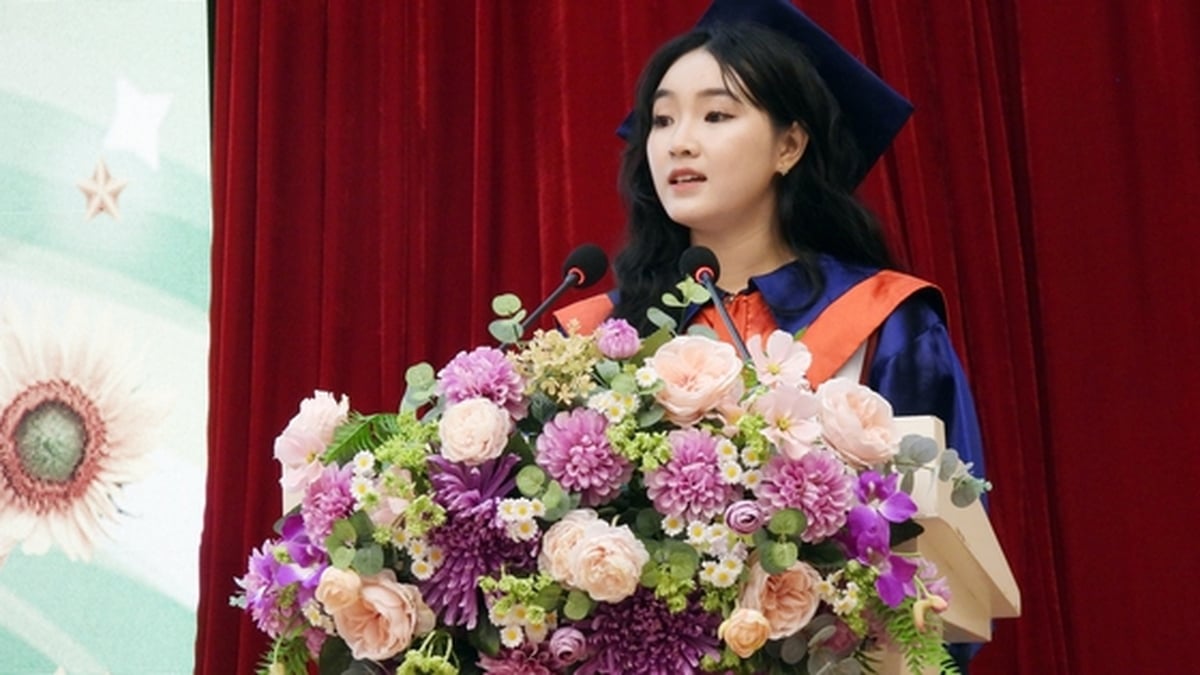

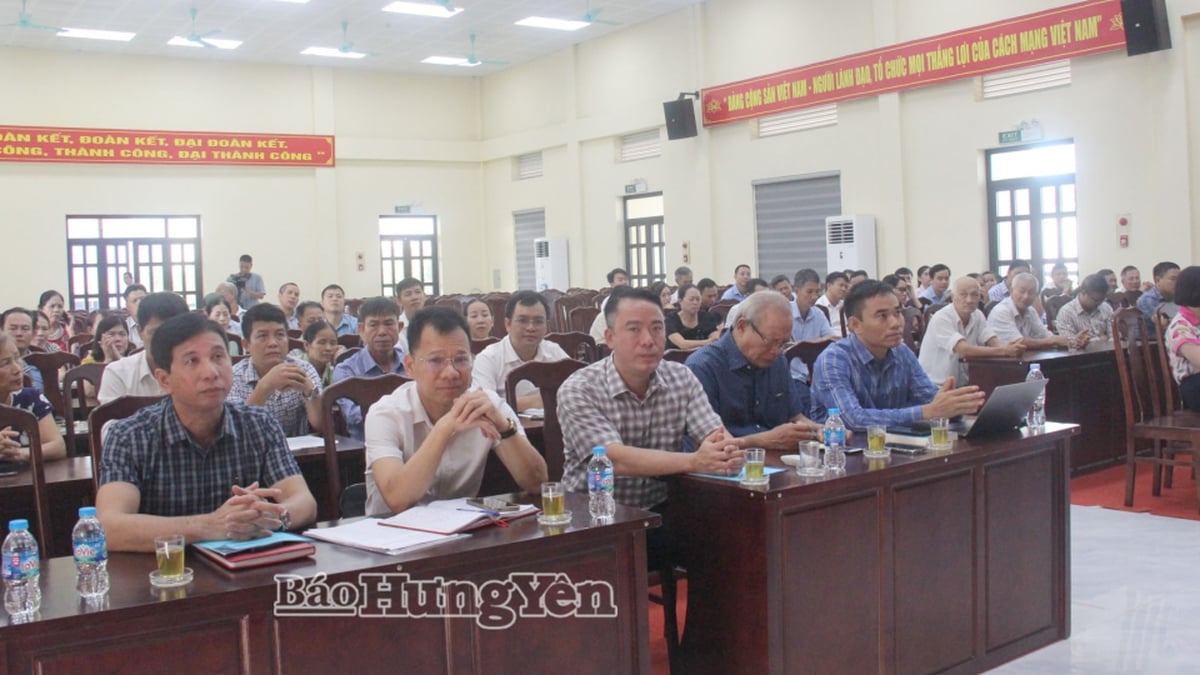
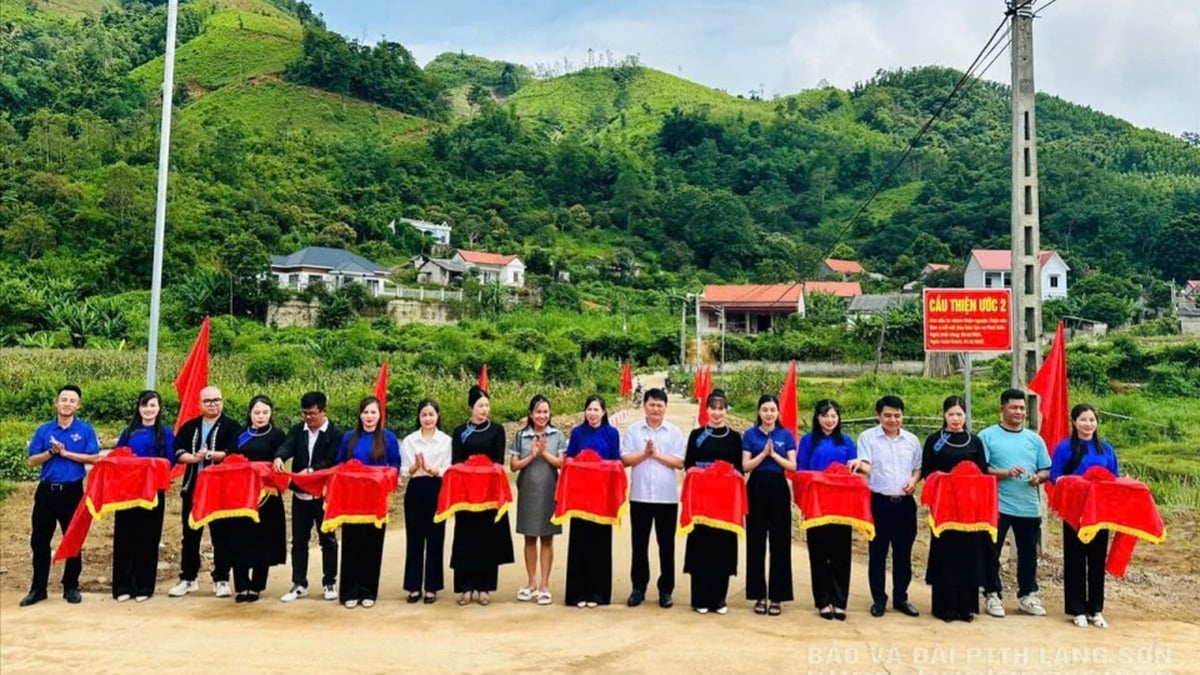



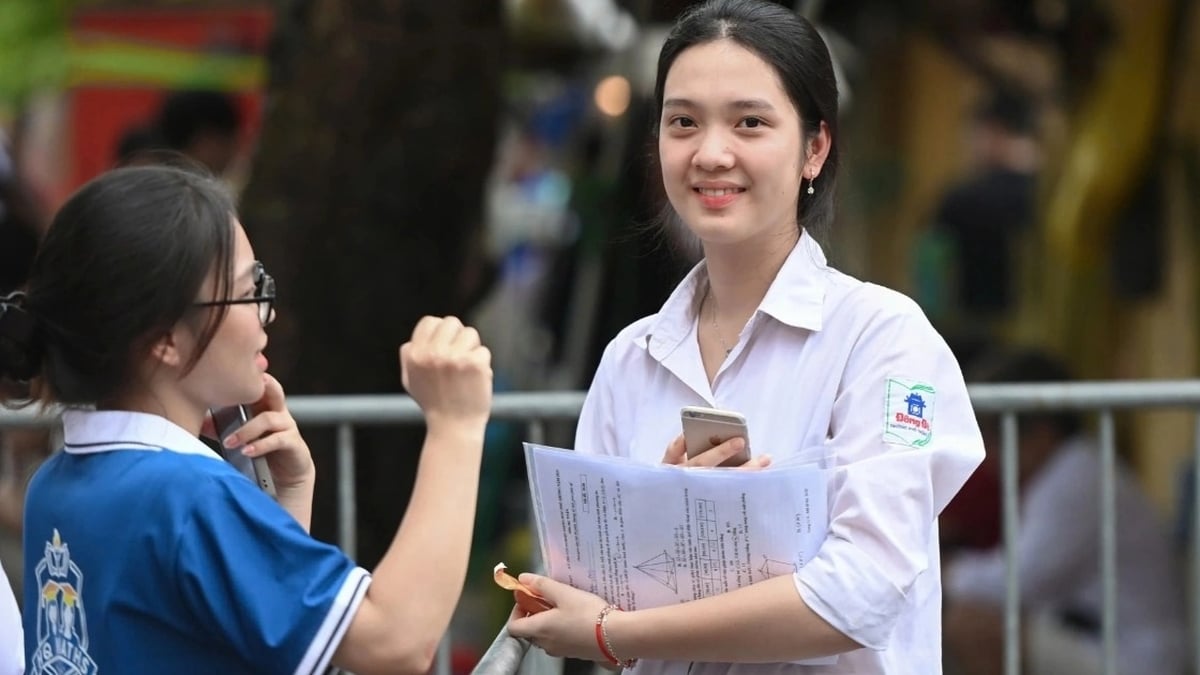
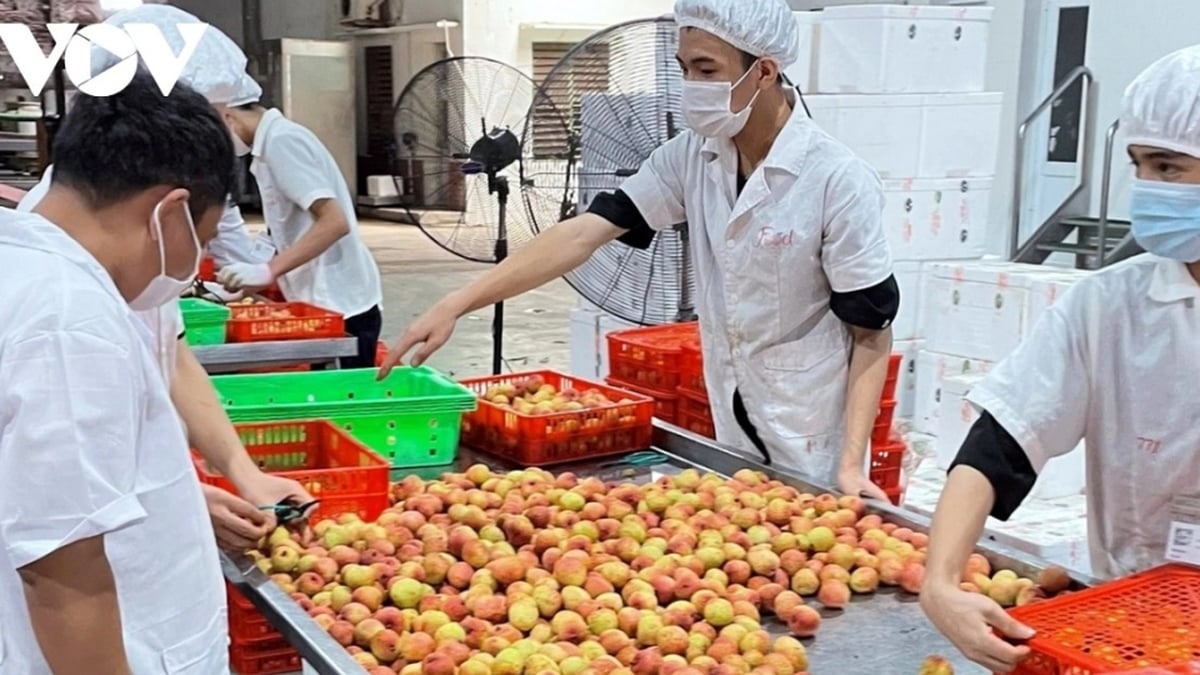






















































































Comment (0)